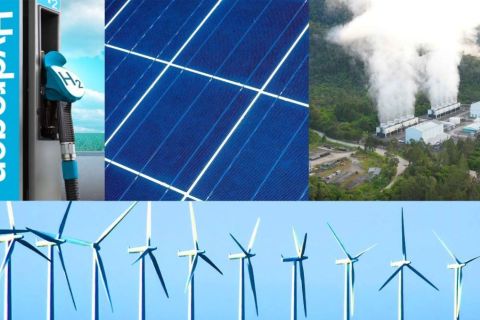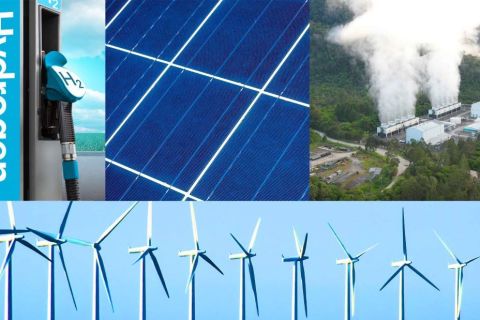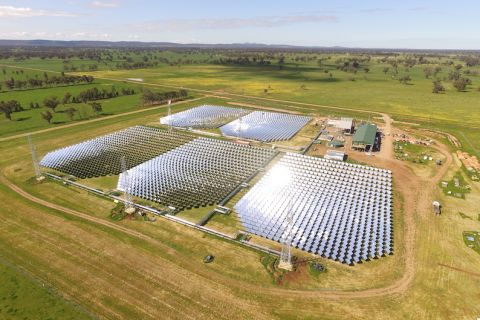
Kosmos Energy reported its production averaged about 26,000 barrels of oil equivalent per day in the U.S. Gulf of Mexico during fourth-quarter 2019. (Source: Shutterstock.com)
Dallas-based Kosmos Energy Ltd. is pushing forward with plans to drill three exploration wells from five prospects in the U.S. Gulf of Mexico (GoM) this year, following a fourth quarter that saw two unsuccessful attempts at an exploration expense of about $75 million but record production in the region.
The upcoming three infrastructure-led exploration wells include: Spencer/Tiberius, two prospects in the Keathley Canyon area near the Lucius spar; Zora/Honey Ryder, which are near the company’s Odd Job Field; and Highland Rim, a prospect that is within tieback range to Devils Tower.
“Spencer will test a Pliocene prospect, while Tiberius will test a deeper Wilcox prospect,” Kosmos Energy CEO Andy Inglis told analysts Feb. 24. Zora/Honey Rider and Highland Rim are Miocene amplitude-supported prospects. “All of these prospects share similar financial characteristics: tiebacks to existing infrastructure resulting in high-return, fast payback prospects,” Inglis added.
Oil and gas players have been improving the economics of offshore developments with the infrastructure-led exploration approach, cutting down cycle times and improving breakevens for discoveries using tiebacks to existing infrastructure.
For Kosmos, which in September 2018 acquired Deep Gulf Energy Cos. to expand its presence to the U.S. GoM for about $1.23 billion in cash and stock, the approach helped grow production in fourth-quarter 2019.
Kosmos’ entry to the GoM in 2018 came as some oil and gas players turned their attention to shorter-cycle shale developments onshore. But offshore, including the GoM, is competing with shale activity as breakevens continue to improve, according to industry experts.
In the fourth quarter, Kosmos reported production averaged about 26,000 barrels of oil equivalent per day (boe/d) in the U.S. GoM, up from an average of about 23,700 boe/d net from the close of the Deep Gulf transaction to the end of 2018.
Fourth-quarter 2019 performance, the company said in a news release Feb. 24, was “driven by strong performance at Odd Job and initial production from new wells from the Odd Job, Gladden, and Nearly Headless Nick fields.”
Infrastructure-led exploration wells, however, are not always a guaranteed success.
Kosmos, working with partner Hess Corp., struck out with the Oldfield prospect, an ILX well about 6 miles east of Esox-1 during the fourth quarter.
The company’s ILX program delivered a 50% success rate in the GoM and Equatorial Guinea, where similar programs have unfolded.
In all, five of the seven exploration and appraisal program wells drilled were successful, Inglis said.
One of the two that weren’t was Resolution-1 in the underexplored western Garden Banks area. The well, drilled in partnership with BP Plc to test an amplitude-supported subsalt prospect, encountered reservoir quality sands but its primary exploration target was water-bearing.
Exploration continues as the company continues to grow production. Inglis said Kodiak located in the Mississippi Canyon is expected online in early third-quarter 2020.
“In the Gulf of Mexico, production remains strong, setting a new record in the fourth quarter with a tie-in at Gladden Deep and Nearly Headless Nick,” he said, later adding, “Our forecast range for the GoM in 2020 is 24,000 to 28,000 barrels of oil equivalent per day.”
Kosmos said it has amassed about 23 prospects spanning 71 blocks with about 375 million boe of net unrisked resources through lease sales and farm-ins.
“To put that in context this resource potential compared to around 80 million barrels of net 2P reserves we currently have booked,” Inglis said. It’s equivalent to about five years of future drilling inventory at three to five wells per year. “We will continue to pursue attractive opportunities in future lease rounds while we continue to experience low levels of competition.”
Recommended Reading
Shell Taps Bloom Energy’s SOEC Technology for Clean Hydrogen Projects
2024-03-07 - Shell and Bloom Energy’s partnership will investigate decarbonization solutions with the goal of developing large-scale, solid oxide electrolyzer systems for use at Shell’s assets.
Energy Transition in Motion (Week of Feb. 2, 2024)
2024-02-02 - Here is a look at some of this week’s renewable energy news, including a utility’s plans to add 3.6 gigawatts of new solar and wind facilities by 2030.
Energy Transition in Motion (Week of March 1, 2024)
2024-03-01 - Here is a look at some of this week’s renewable energy news, including Chevron’s plans for a solar-to-hydrogen facility in California.
Could Concentrated Solar Power Be an Energy Storage Gamechanger?
2024-03-27 - Vast Energy CEO Craig Wood shares insight on concentrated solar power and its role in energy storage and green fuels.
One Man's Trash? Treasure of RNG Prospects Available for Waste Facilities
2024-02-21 - About 4.4% of current U.S. fossil gas demand could be displaced by RNG from waste, a new Deloitte report shows.






